Denise Ames, financial counselor at a university in Texas, has developed Going to College and Paying for it Online to help families through this process. She asserts that it is never really too early to begin this process and recommends you begin this process early. She has even heard of someone as young as 6 years old getting a scholarship!
I. Introduction (2 pages-no video)
In the introduction you are introduced to the 4 different groups the workbook is written for: parents and students of elementary students (A), middle school students (B), high school students (C) and college aged students (D). Each activity throughout the workbook is marked with the letter(s) so you know if the activity applies to you or not.
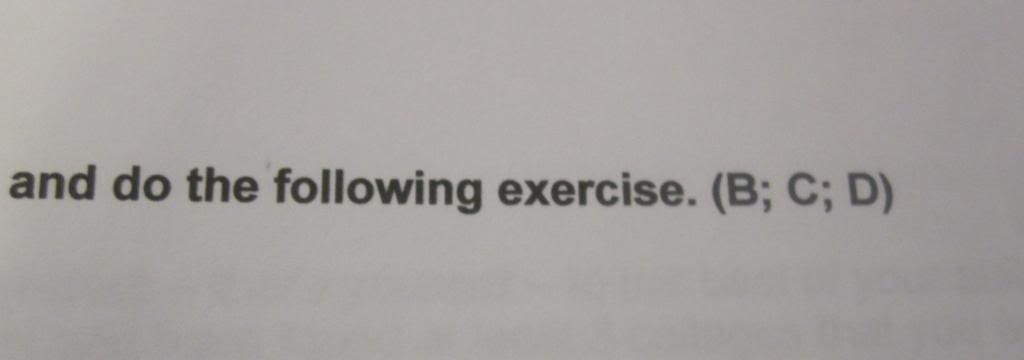 |
| Here, those in middle school and up would complete the activity |
She believes it is important not to wait until the last minute but to spend time (years) preparing. She recommends watching the DVD and reviewing the workbook yearly and working with your child once at least once a month until they are high school age when they should work on this once a week.
I admit this seems a bit overkill. I guess I am a procrastinator at heart so I just know I would never spend this much time and effort on this (especially for anyone younger than a junior in high school) when going to college may or may not be something my children want to do. I only expect my children to go to college if it will prepare them for a specific job they are interested in.
In this section, you get an overview of what financial aid is, steps for going to college, the difference between tuition and the cost of attending and gives a rule of thumb for how much money is too much when it comes to loans.
There are 2 full pages of Campus Visit Tips and another page of 20 questions to ask before you apply to a college or university. There is a also a list of 12 Ways NOT to Choose a College (ex. your boyfriend is going there or the college brochure showed all these fun students sitting under trees. That one made me laugh because I've seen brochures like that and they are enticing! :) )
Next, you will learn how to evaluate colleges in a non-biased atmosphere. She gives a website link and a pretty extensive list of things to search for.
III. How Financial Aid Works (5 pages)
In this section she tells you what the goal of the financial aid office is, how to get started with the FAFSA, the difference between school and student controlled aid and how the whole financial aid process works. She includes a worksheet for recording your PIN that you get from the federal government for your FAFSA and a great worksheet for figuring out if you can afford a specific school.
IV. All About the Free Money (6 pages)
This section is all about scholarships; sources for them, types of scholarships and how to know if you should try for a scholarship. She gives ideas for how to find scholarships to apply for. At this point, she begins to have students create an All About Me spiral notebook and start listing possible places to look for scholarships.
V. The System that Works (7 pages)
In this section, students begin to build a binder with the intention of finding one good scholarship a month to work on. There is a step by step process for doing this and suggestions for other things to add to your binder such as reference letters and essays the student has written. There is also essay writing information to help the student with that.
"Everyone benefits from a win-win situation. They want to give money and you want to receive it. That is your goal."
VI. You in the Process (4 pages)
Much of this is for the senior in high school. It is an overview with some suggestions and some "life" advice. The last page is for all levels giving lots of ideas to pursue and put down in the spiral notebook.
VII. Put it All Together (3 pages)
This is a final wrap-up with more life advice talking to the student about the future and choices. A portion of this is also written to the parents.
My opinion:
The workbook is good, but the videos are very low tech. I had a hard time paying attention to the videos. The camera is either on "slides" of text with a colored background or on Denise (and she is looking to the side rather than at the camera). I've included two screen shots here to give you an idea:
Many of the slides do not use proper capitalization and punctuation. I am not sure of the reason for this, but I was bothered by it.
While I am not a fan of the video portion of this, a lot of the workbook has very valuable information with a nice step-by-step process for anyone looking for assistance in this area. Chapters 3-5 are my favorites and contain everything you need to know about financial aid.
The workbook is divided up on the website so you have to download the parts separately I would prefer to have one file to download rather than 7 different ones to have to open and print individually. The pages in the workbook are not numbered so if they come out of the printer and fall out on the floor...well, let's just say it isn't fun putting them in order.. Also, the pdf lesson numbers are off by 1 from the video lesson numbers.
I would recommend this for anyone not familiar with financial aid and really wants to devote time to this for anyone with kids in junior high and up. Personally, I just don't think it's necessary to start any earlier (but if you have young children and you're interested than go for it.) While I didn't enjoy the videos, going through the workbook has allowed me to re-familiarize myself with the financial aid process and learn a lot about how to obtain scholarships. This is mostly directed to the student, but I chose to go through this mostly myself with my sophomore student sometimes watching as well. I've watched all of the videos and read/highlighted the workbook so that I feel equipped to lead my children through this process when they are ready to begin.
Here is a short video introduction where you can see Denise and hear some of her story:
She has a few other videos on her channel including one on building a scholarship binder.
I do highly recommend checking out the College Common Sense website because it is packed with free information to get you started. I also recommend signing up for the free newsletter and/or to receive free weekly lesson plans. She offers so much free information to get you started. Her blog is another great place to find free information.
Purchase Going to College and Paying for it Online Video and Workbook for $25 for 12 months access. You can also purchase a DVD and workbook for $50 plus $5 shipping.

See what others are saying about College Common Sense's Going to College and Paying for it Online Video and Workbook on The Schoolhouse Review Crew blog.
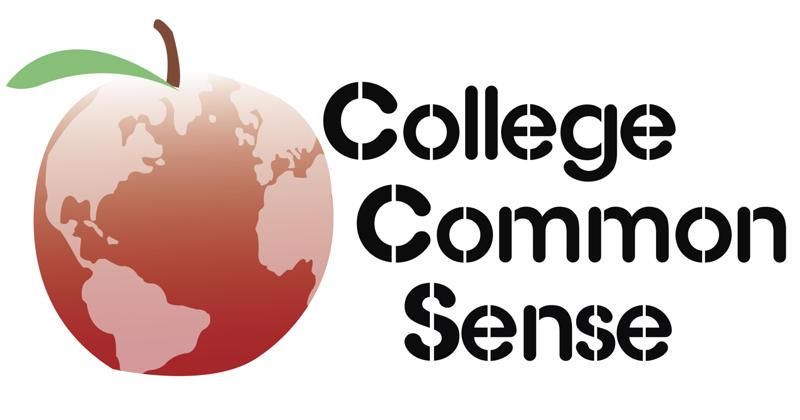
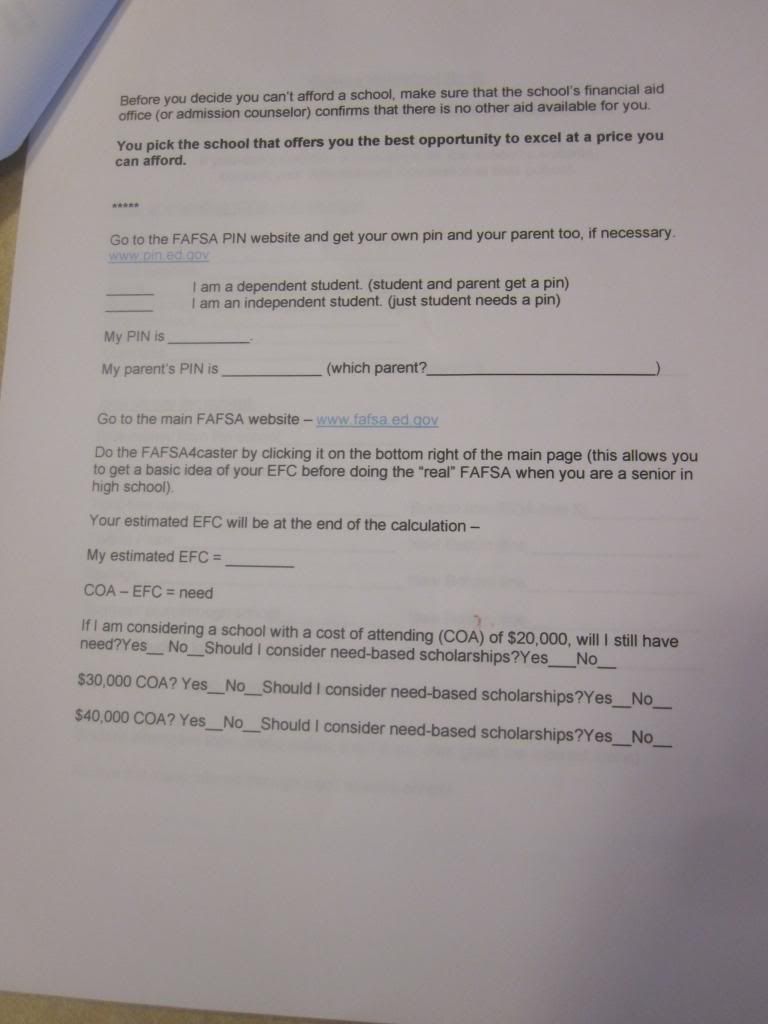
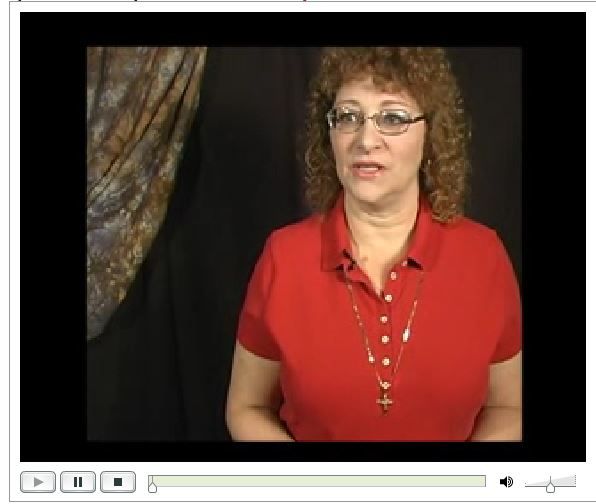

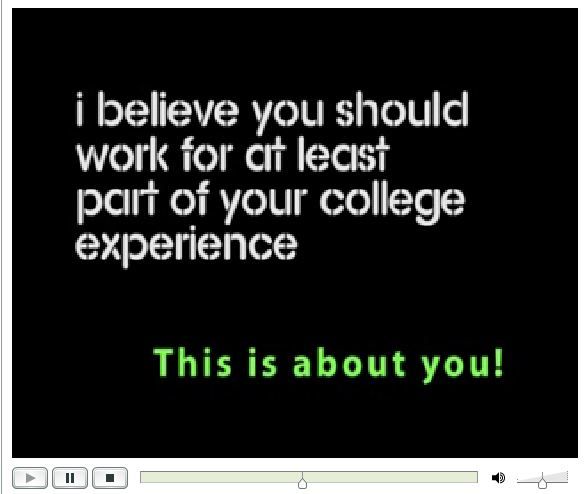


No comments:
Post a Comment